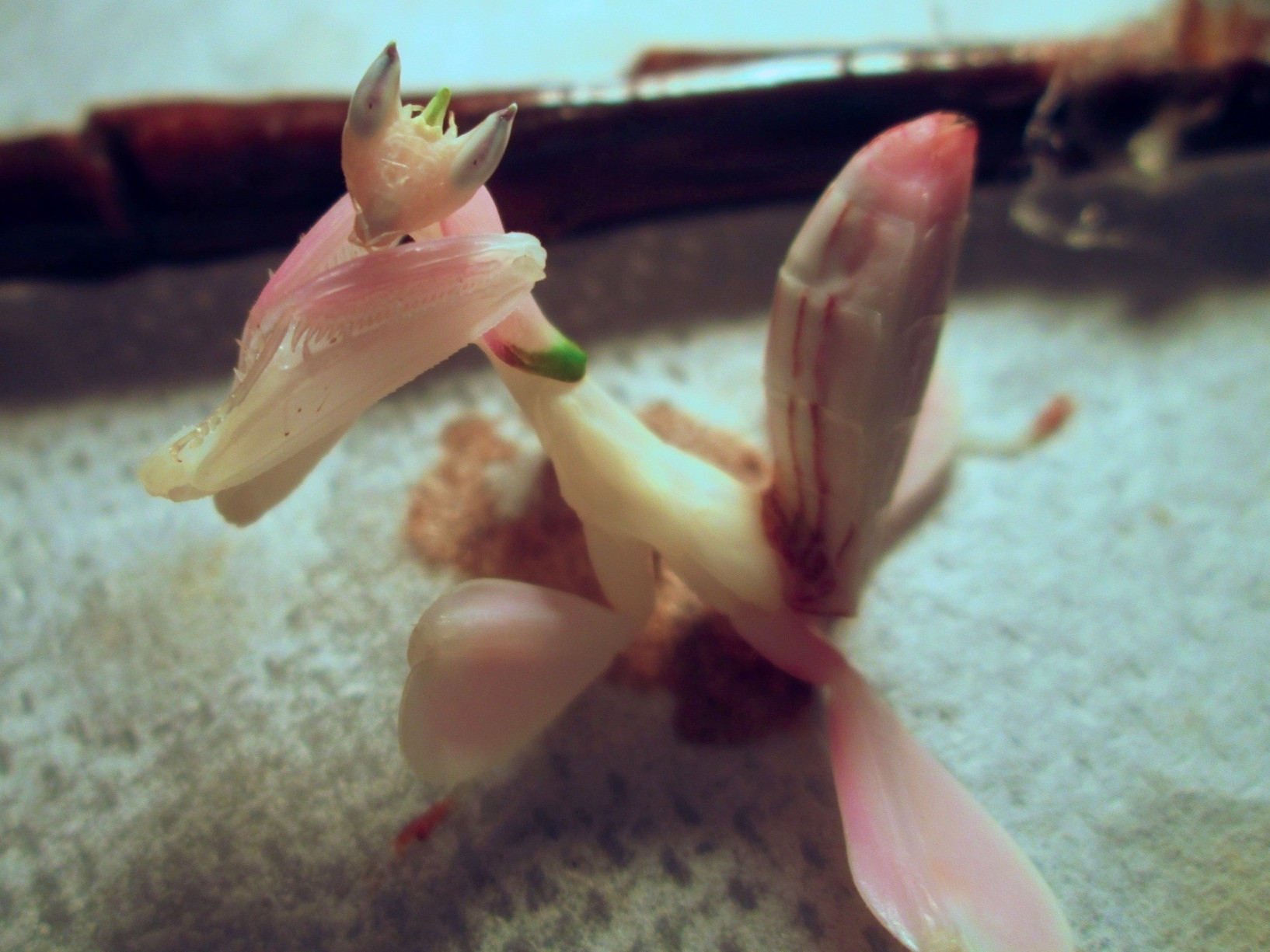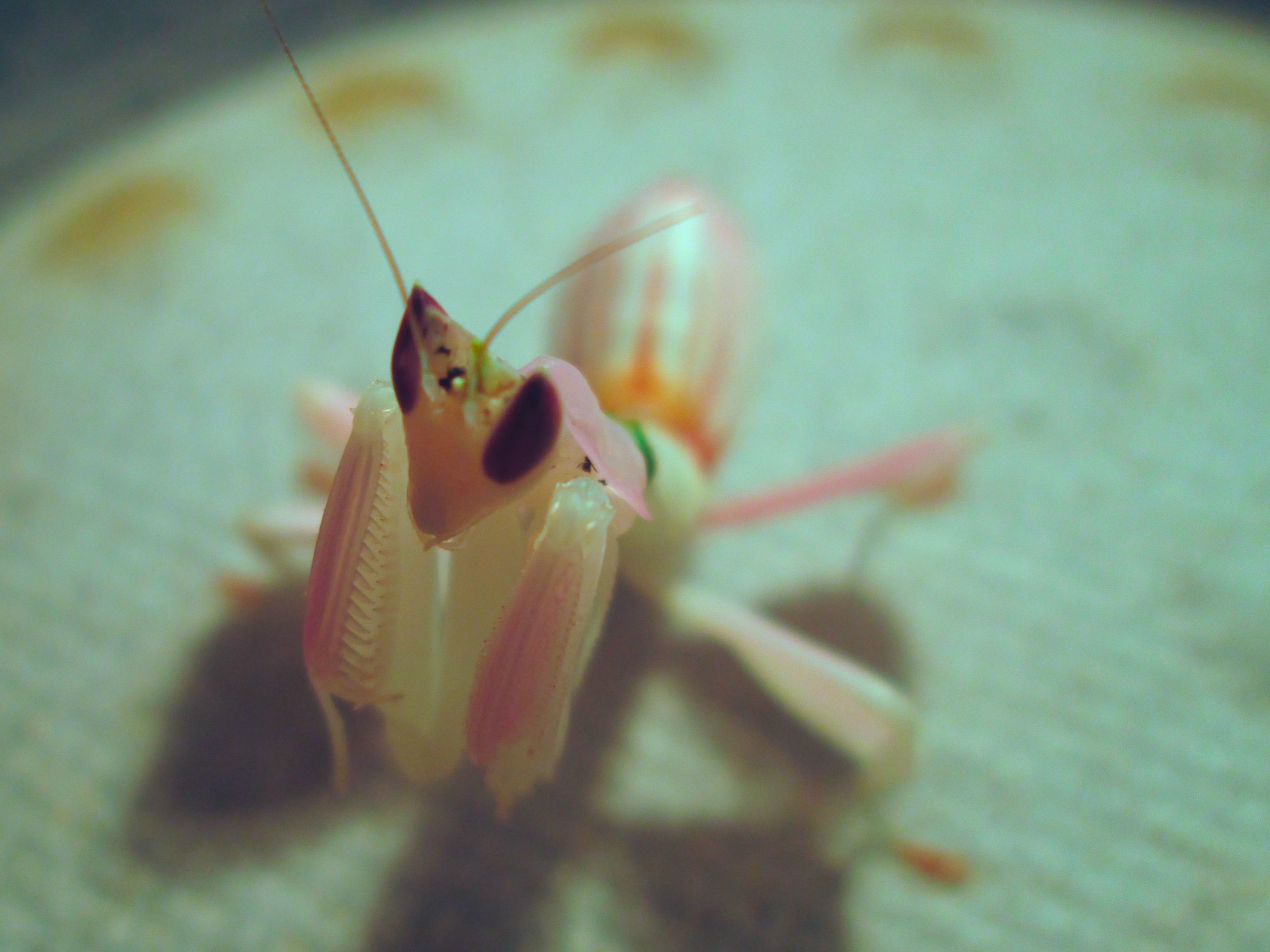Mime454
Well-known member
My male is a lucky guy. Check this girl out! So beautiful.




Yes, this was taken as soon as she was taken out of the box. I wonder what could cause such a rapid change then.No problem!Just one odd thing. When i shipped her she was all white. Did she look pinkish when you took her out of the box?
I'm not even going try and figure that one out? I guess she just wanted to pretty herself up for studmuffin. :wub: :lol:Yes, this was taken as soon as she was taken out of the box. I wonder what could cause such a rapid change then.











she might be ready to moltYes, this was taken as soon as she was taken out of the box. I wonder what could cause such a rapid change then.
i have 2 males so maybe when they finish their job u can have one, i have 3 peeps who wanna borrow males from me so idk what will happen as they get olderNice ! My orchid female will not have a mate oh well.....
Need a male? Shoot me a PM. I'm a team player.Nice ! My orchid female will not have a mate oh well.....

"Since an image from the compound eye is created from the independent picture elements produced by ommatidia, it is important for the ommatidia to react only to that part of the scene directly in front of it. To prevent light entering at an angle from being detected by the ommatidium it entered, or by any of the neighboring ommatidia, six pigment cells are present. The pigment cells line the outside of each ommatidium. Each pigment cell is situated at the apex of the hexagons and thus lines the outside of three ommatidia. Light entering at an angle passes through the thin cross-section of the photoreceptor cell, with only a tiny chance of exciting it, and is absorbed by the pigment cell, before it can enter a neighboring ommatidium. In many species, in low-light situations, the pigment is withdrawn, so that light entering the eye might be detected by any of several ommatidia. This enhances light detection but lowers resolution."Her eyes seemed to have changed color? Any idea what the cause of this? I mean the physiological mechanism, not the reasoning for it.
She didn't get into that pose until I pulled out the camera, so I'm inclined to agree with you.In the first picture, she's certainly aware of her gorgeousness !